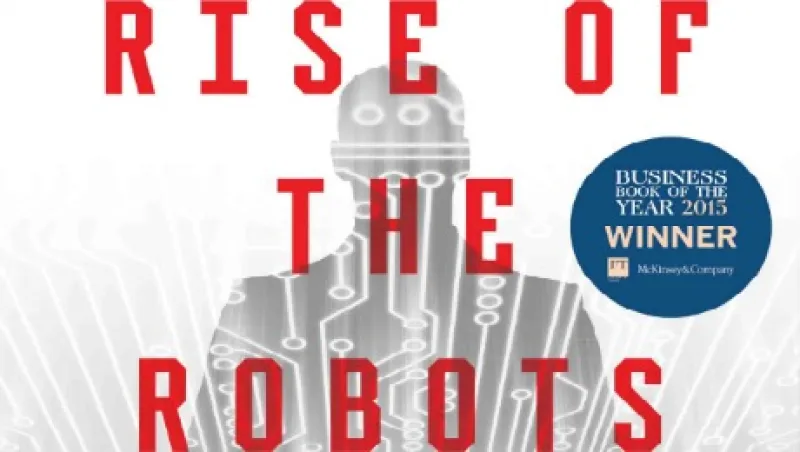
Book Review: Robots Want Your Job
Martin Ford’s The Rise of the Robots paints a future in which humans pay machines to do the all the work.
Mark Henricks
December 27, 2015


